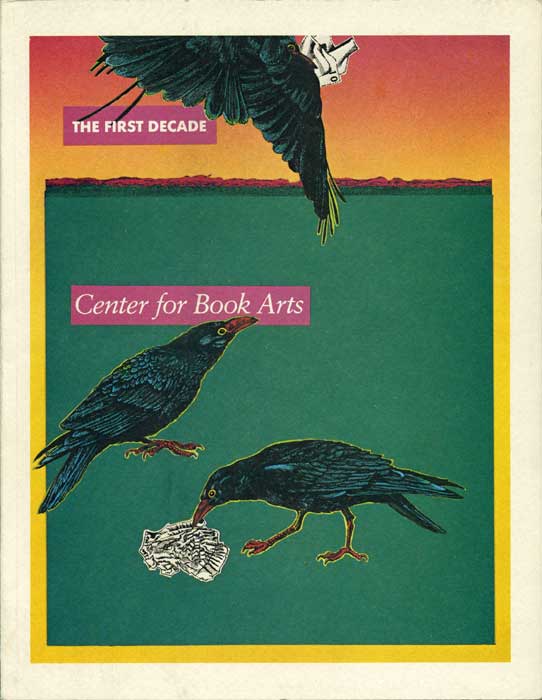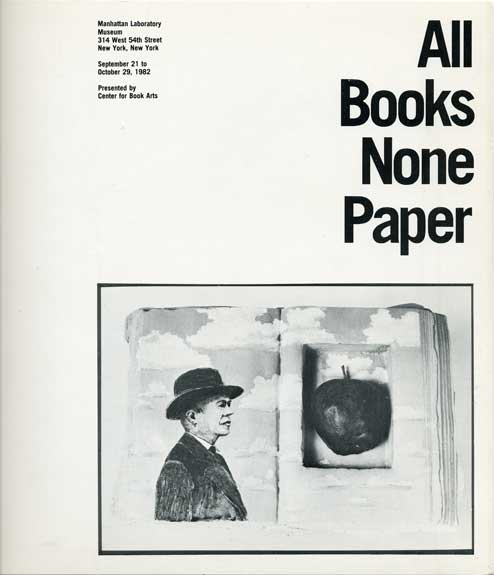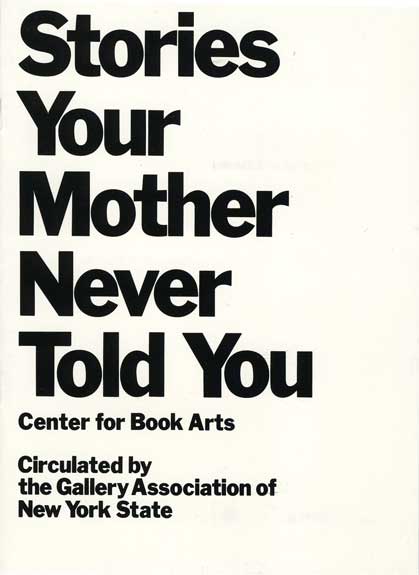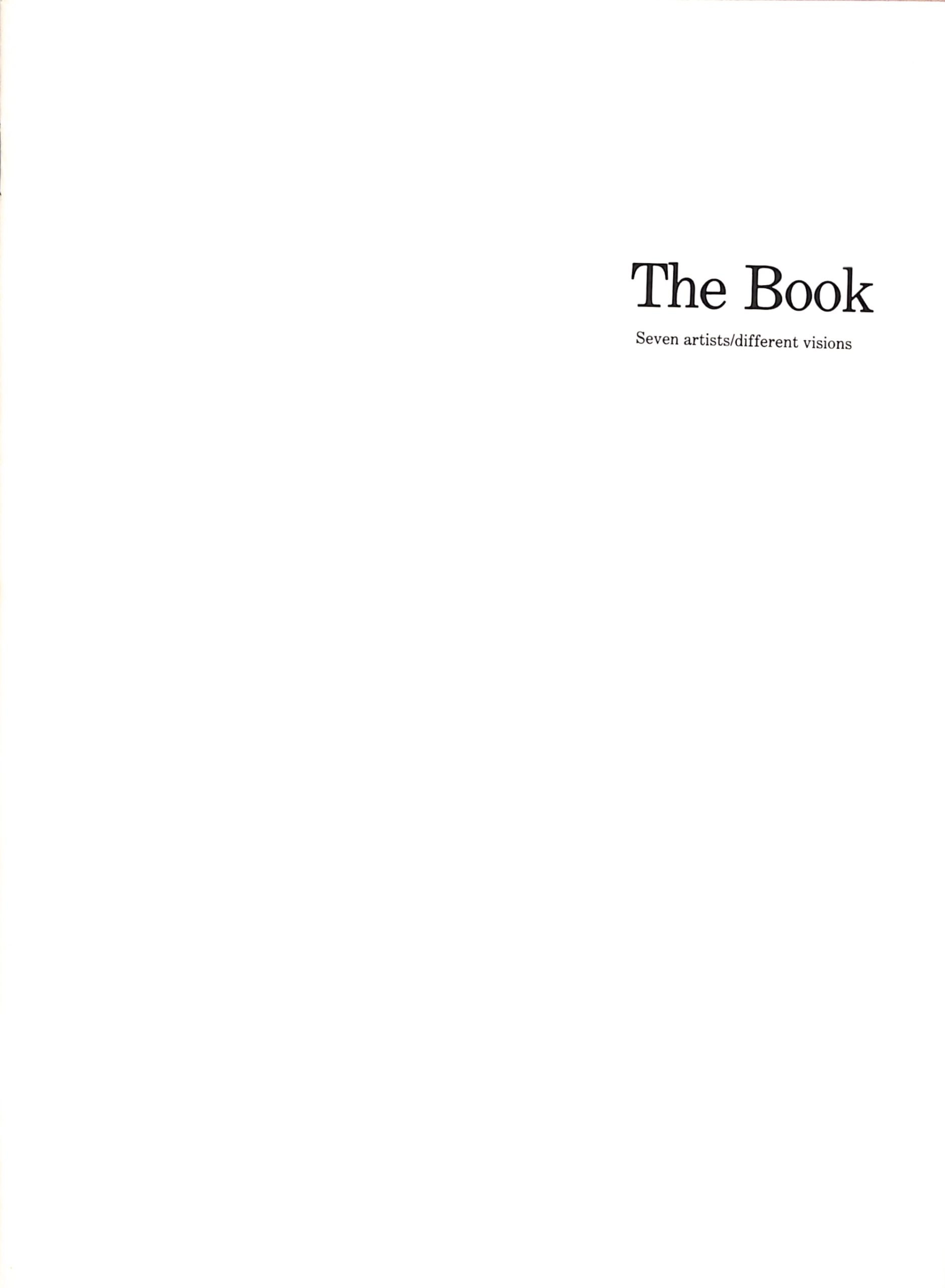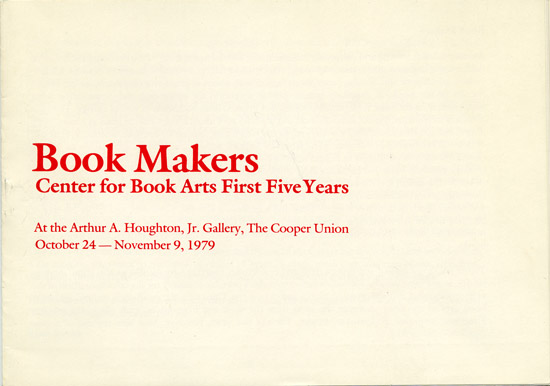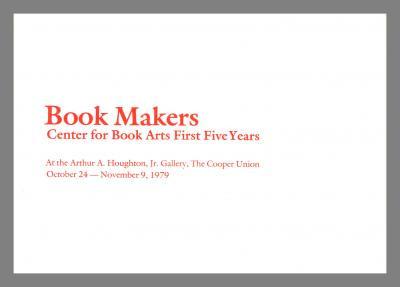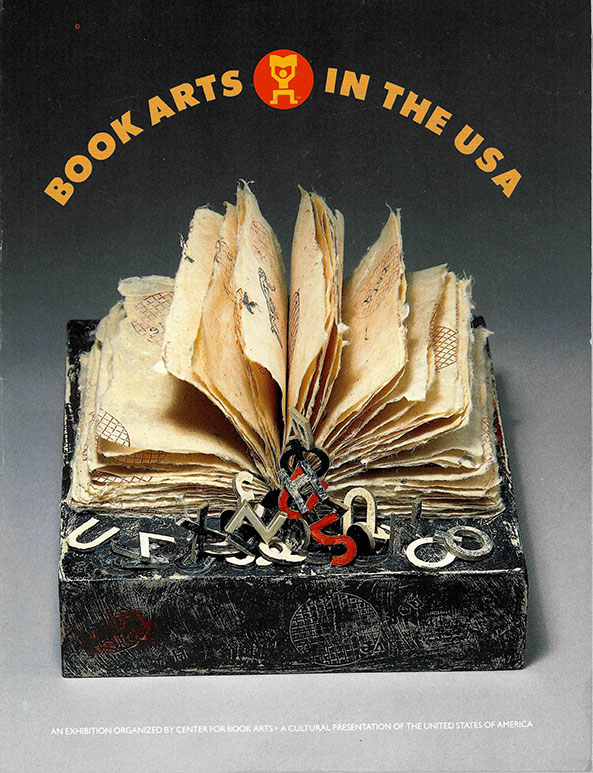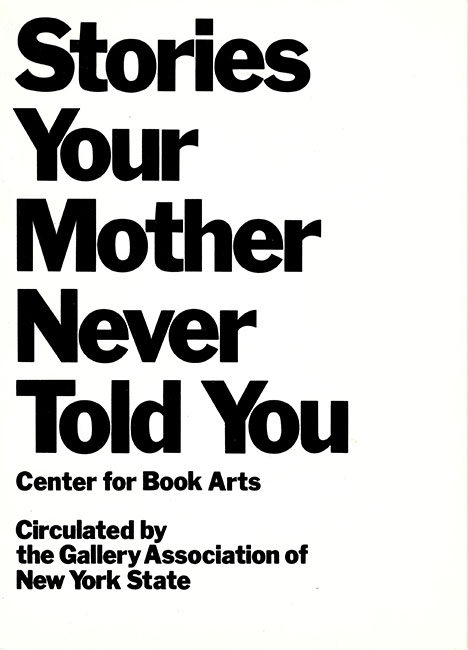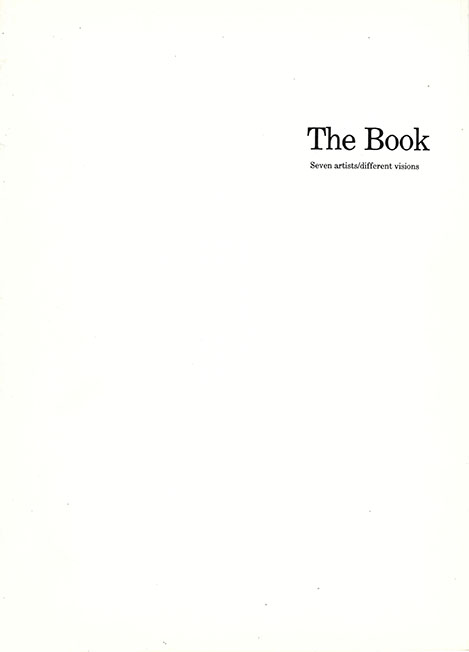Barton Lidicé Beneš
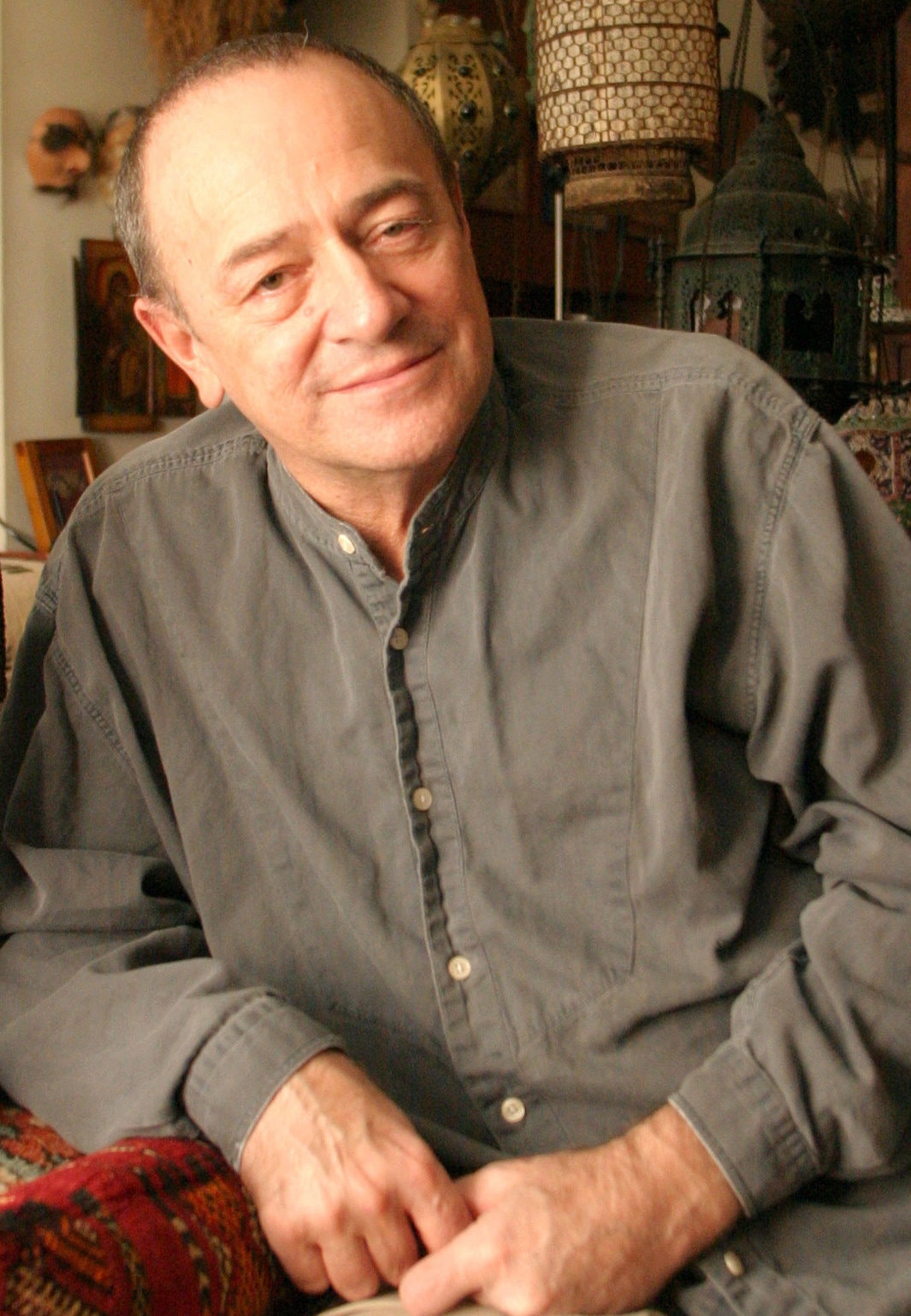
Barton Lidicé Beneš was born in Hackensack, New Jersey on November 16, 1942. Beneš ‘parents were Richard, the son of a Czech immigrant, and Marie Beneš. After his parents divorced, Beneš and his mother moved to Queens to live with his Czezh-born grandparents who were devout Roman Catholics. Growing up, Beneš developed a love for artifacts in part through frequent visits to the American Museum of Natural History. Beneš graduated from Pratt Institute in Brooklyn. He first gained more notice in the 1980s after creating a statue of the Virgin Mary from shredded US currency which he purchased pre-shredded from the Federal Reserve.
Beneš was always attracted to unique materials for his work, but this was taken to another level after he tested HIV-positive and some of his close friends began to die from AIDS. These new materials included pills, capsules, bodily fluids, relics, intravenous tubes, HIV-infected blood, and cremated human remains, among others. This also created a shift in the subject matter of his art towards more historically taboo subjects such as the AIDS epidemic and death. By focusing on these subjects, Beneš often had difficulty finding galleries and museums that would display his work. One of his best known works that was never publicly displayed was a collection of memento mori entitled “my tomb” which filled his apartment. Another of Beneš more popular exhibits was Lethal Weapons which told the story of his own HIV+ journey and included a series of pieces created with his and other HIV-infected blood. This work was exhibited in North Dakota and Lund, Sweden. In Sweden, Beneš gave permission for the work to be heated to 160 degrees Fahrenheit in a hospital to ensure the pieces were safe for viewing. Other works by Beneš were included in the collections of the Art Institute of Chicago and Smithsonian Barton Lidicé Beneš died of acute kidney failure on May 30, 2012 at the age of 69.
Barton Lidice Benes’s work was exhibited in
30 Years of Innovation: A Survey of Exhibition History at The Center for Book Arts, 1974-2004
Organized by Jae Jennifer Rossman, Special Collections Librarian, Arts Library, Yale University.
- Censored Book
(1974) Book tied in rope, nailed, gessoed and painted.
Book Arts in the USA
an exhibition of work by 51 artists; a cultural presentation of the United States of America
- Censored Book
(1974) 26.7 X 20.3 X 12.7 cm. Book tied in rope, nailed, gessoed and painted.
Center for Book Arts: The First Decade
an exhibition at The New York Public Library
- The Jayne Mansfield Story
(1979) 8 3/4 x 6 x 2 1/2 inches. Leopard skin.
All Books None Paper
an exhibition of non-paper books from artists residing in New York, Illinois, California, Oregon and Germany
- Boatshard
(1980) 22 x 8 1/2 x 30 1/2 inches. Terra cotta ceramic, acrylic paint, rubber stamped images, steel stand. - Letters from my Aunt Evelyn: Remembrance of Things Past, Selected Parts of
(1981) 7 7/8 x 8 3/4 x 2 3/4 inches. Wood, antique cotton and lace doilies, rubber stamped images, metal hinges.
Stories Your Mother Never Told You
artists’ books which feature a narrative line within a visual work
- Family Secrets
(1982) 5 sections twisted to 36 long. Rubber stamped ink on linen tape. Edition of 1. - Snapshots
(1975) 15 1/2 x 11 1/4 inches. Two folios with rubber stamped ink and hand colored images, color photographs in canvas envelope. Edition of 1.
The Book
seven artists/different visions
- Housework
(1977) 16 x 12 inches. Rubber stamps on dishtowels. - Leftovers
(1980) 10 3/4 x 5 1/8 inches, 7 pages. Rubber stamps on paper bags. Artist’s proof for a limited edition of 3. - Snacks
(1980) 9 1/8 x 1/4 inches. 10 plates with rubber stamping and a plastic fork. Edition of 1. - TV Talk
(1980) 5 1/4 x 2 inches. Wooden spool, paper and cotton interfacing with rubber stamps. Edition of 1.
Book Makers
Center for Book Arts first five years
- Aloha, Evelyn
(1975) 9 folded pages. Rubber stamps, epilogue on fan. - Bound Book
(1976) Book, rope, paint and wax. - Dance Lesson, The
(1977) Rubber stamps on 16 paper footprints. - Pier 48
(1976) 8 original photographs by Andres Lander and David Meyer. 9 pages, rubber stamps. - Save Our Children
(1977) 5 folded pages. Rubber stamps, watercolor, glitter and cut-out. - Snapshots
(1975) 15 1/2 x 11 1/4 inches. Two folios with rubber stamped ink and hand colored images, color photographs in canvas envelope. Edition of 1. - Trick or Treat
(1977) 6 trick or treat bags with cookies. Typewritten text.
Multiple, Limited, Unique


